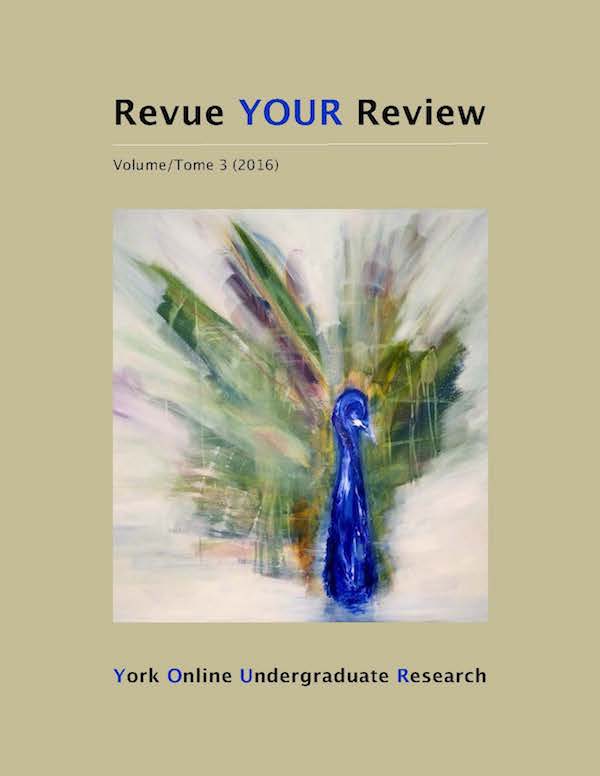The Effect of Understanding Fetal Alcohol Syndrome on School Disciplinary Practices
Abstract
Fetal Alcohol Syndrome (FAS) is a neuropsychological disorder caused by prenatal alcohol exposure and has serious consequences for the child, both in terms of physical and social deficiencies. The characteristics of children diagnosed with FAS include hyperactivity, poor attention span, cognitive and perceptual problems, school behaviour problems, and speech and language deficits (Short & Hess, 1995). Because the chain of developmental impairments begins early in life and causes serious problems for life adaptation later, a considerable proportion of these children remain dependent on support from a sensitive environment such as family and school (Steinhausen & Spohr, 1998). By displaying inappropriate behaviour, due to the syndrome, in a school setting, a child may incur frequent punishment and be stigmatized by others (Wilkins & Velicer, 1980). Furthermore, the reactions of others to inappropriate behaviour may cause these children to become ostracized or even to become the targets of peer abuse, increasing their emotional burden and lowering their self-esteem (Fausett, 2003). The purpose of our research project is to gauge whether people feel empathy for children with FAS and tolerate inappropriate behaviours when they lack detailed information about the disease, but know only a diagnosis. We hypothesize that people who understand the syndrome and its consequences would consider it inappropriate to punish a child with FAS, because they may empathize with the child and understand the reason for disturbing behaviours. Likewise, those who are aware of a diagnosis, but don’t understand the syndrome and its consequences may be more likely to consider punishment to be appropriate.Downloads
How to Cite
Issue
Section
License
Authors contributing to Revue YOUR Review agree to release their articles under one of three Creative Commons licenses: Creative Commons Attribution 4.0 International; Creative Commons Attribution-NonCommercial 4.0 International; or Creative Commons Attribution-NoDerivatives 4.0 International. All editorial content, posters, and abstracts on this site are licensed under Creative Commons Attribution-NoDerivatives 4.0 International. For further information about each license, see:
https://creativecommons.org/licenses/
In all cases, authors retain copyright of their work and grant the e-journal right of first publication. Authors are able to enter into other contractual arrangements for the non-exclusive distribution of the e-journal's published version of the article (e.g., post it to an institutional repository or publish it in a book or in another journal), with an acknowledgement of its initial publication in this e-journal.


